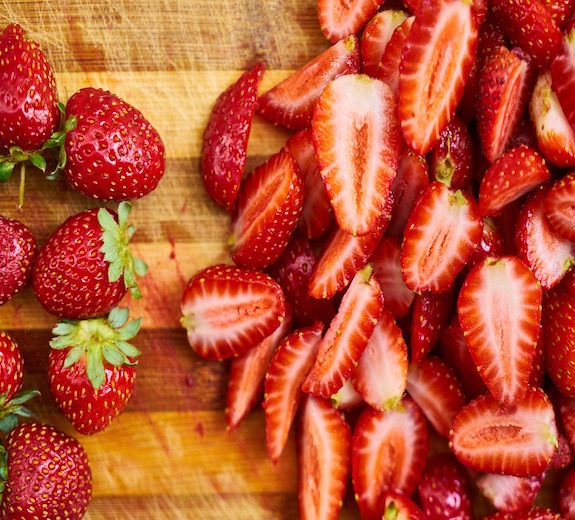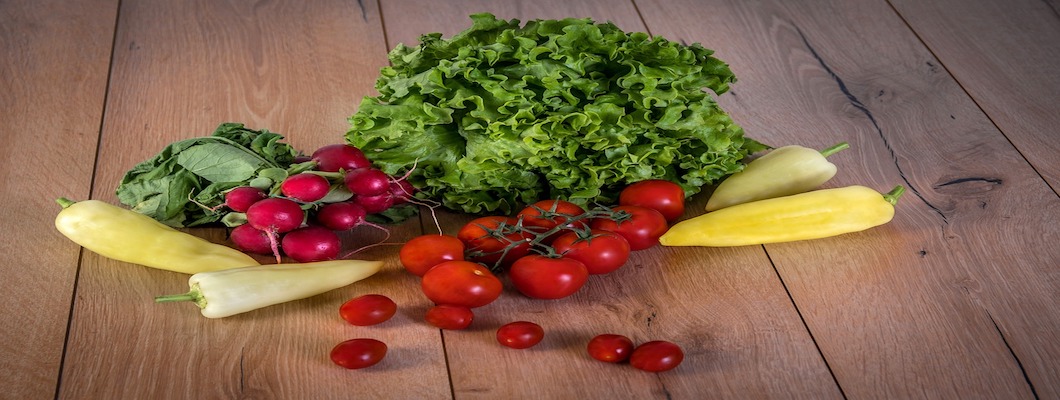How to Have Lunch in Spain
Lunch called “la comida” in Spanish, is a way of life and it occurs late during the afternoon then that of the usual noon hours. People of Spain prefer a leisurely type of lunch that consists of traditional food items and serves as the largest meal they have during the day. Spanish lunch consists of several courses and generally includes an appetizer and main course followed by a desert. A lot of times wine is also included along with the meal.
First Course
Soups and Salads offer an extremely light start to a Spanish lunch. Gazpacho which is Red Tomato Soup that is traditionally prepared with vegetables is quite popular amongst people and is served to cold customarily.
The second course comprises of heartier foods such as “plato de cuchara” which is kind of stew. Other favorites include protein sources such as fish or meat.
Third Course
A dessert is meant to complete the meal. A dessert generally comprises of varying quality of light traditional cakes or pastries. Some people also like to eat fresh fruits as desert.

Wine is an important constituent of lunch especially when you’re dining in a restaurant.
While you’re in Spain, it is recommended that you eat like Spaniards. Spanish people linger over the lunch and enjoy their food with beer or wine. A typical Spanish lunch as variety of Spanish dishes and if you are having a lunch in a restaurant, you may need to learn few phrases in Spanish language so that you do not face much problem.
It is recommended to keep your self equated with a Spanish dictionary whenever you move out of your holiday accommodation. Another good idea would be getting familiar with various specialties in Spanish food. Gazpacho, Paella and tortilla Espanola are some popular dishes.
When you get to a Spanish restaurant, first thing you need to do is look around at other tables. If you sight something that seems wonderful to you, then call the waiter and ask what that dish is? You can say “¿Qué es que?” In case you like to order the same dish, say “Me gustaría que, por favor” which means “I’d like that, please.”
In case you do not feel like navigating the entire menu, you may ask about the specialty of that day. You will need to say “¿Cuál es el menú del día?” These specialties are generally set-price meal that contains a starter and main course, a dessert and wine. This way you can get a good sampling Spanish local food.
Photo Credit: Pixabay
